In the morning introductions at the Digital + Performance Convening, produced by HowlRound Theatre Commons and SpiderWebShow Performance, every participant was asked to answer the prompt “Digital makes me think ____.” A wide range of responses came from the nearly fifty or so American and Canadian theatremakers in attendance. Some were obvious, like “connection” and “interaction,” while others were more abstract, like “unbridled fear,” “an open door,” and “adventure.” One person said “magic.” Someone else said “fragility.” These thoughts helped set the tone of the day, opening our minds to the possibilities of digital in ways we hadn’t considered and giving us a glimpse into what the sessions would hold.
The convening took place on 12 June 2019 at the Isabel Bader Centre for the Performing Arts in Kingston, Ontario, Canada. Co-produced by HowlRound and SpiderWebShow, a Kingston-based performance company that creates and curates digital integration with live performance, the convening aimed to interrogate where digital technology is in the performance landscape, demonstrate the value of digital, and exchange information, perspectives, and tools. As a way to enhance knowledge-sharing, the day-long gathering, which kicked off SpiderWebShow’s foldA festival, was livestreamed and watched by nearly six hundred people from eighteen countries.
As HowlRound’s content editor and the only Canadian on the team (I live in and work from Toronto, Ontario), I was asked to attend the convening and document the events of the day. Fitting that my first HowlRound convening was their first in Canada! More than that, though, this convening was also the first HowlRound has produced outside the United States at all. It came about because of the close partnership between the organization and SpiderWebShow—many people from both staffs saw it as a natural next step in their relationship. The two organizations are deeply aligned in terms of values, interests, inquiries, and aims—to some, they could even be seen as competitors. Rejecting that notion and choosing instead to be collaborators informed the day.



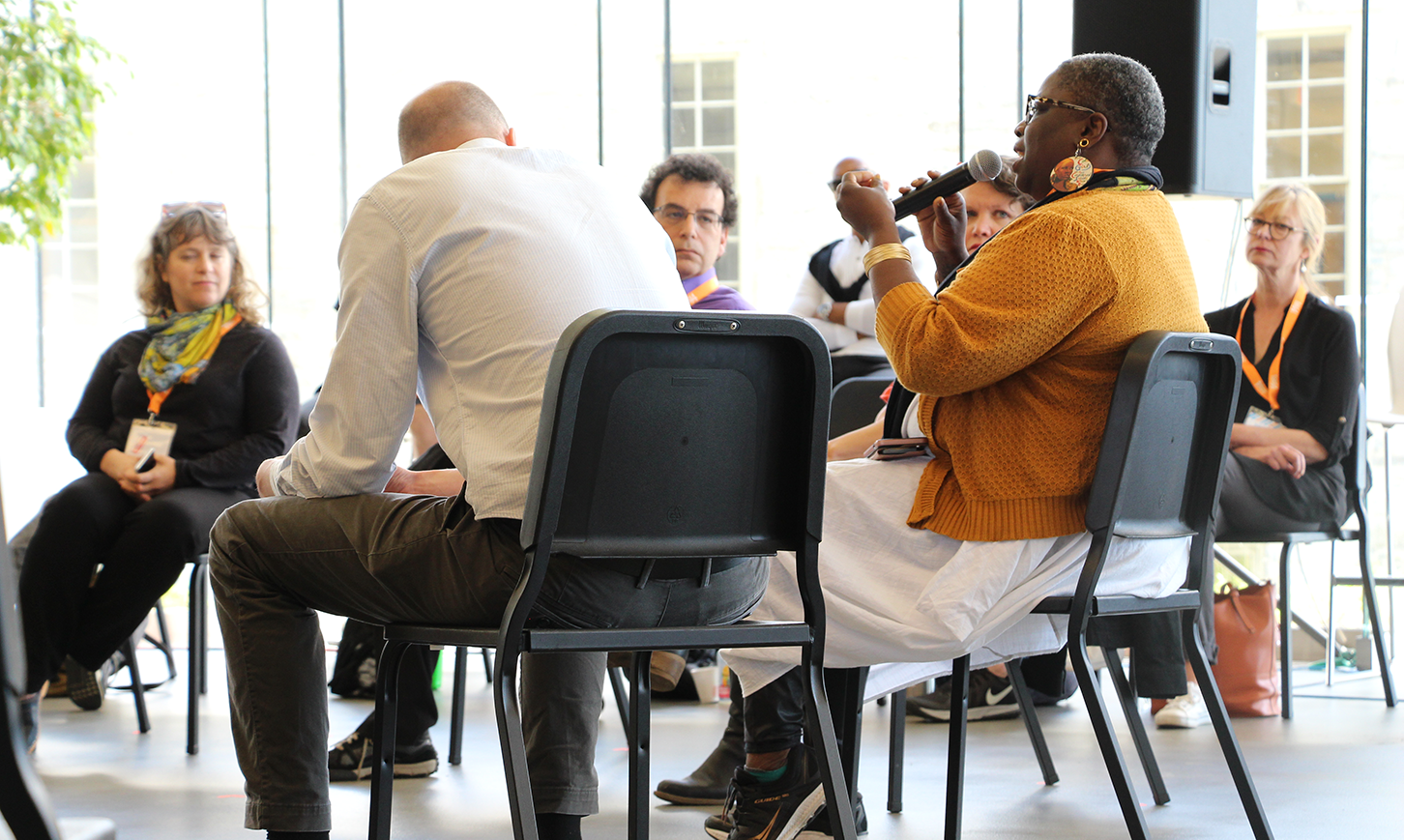
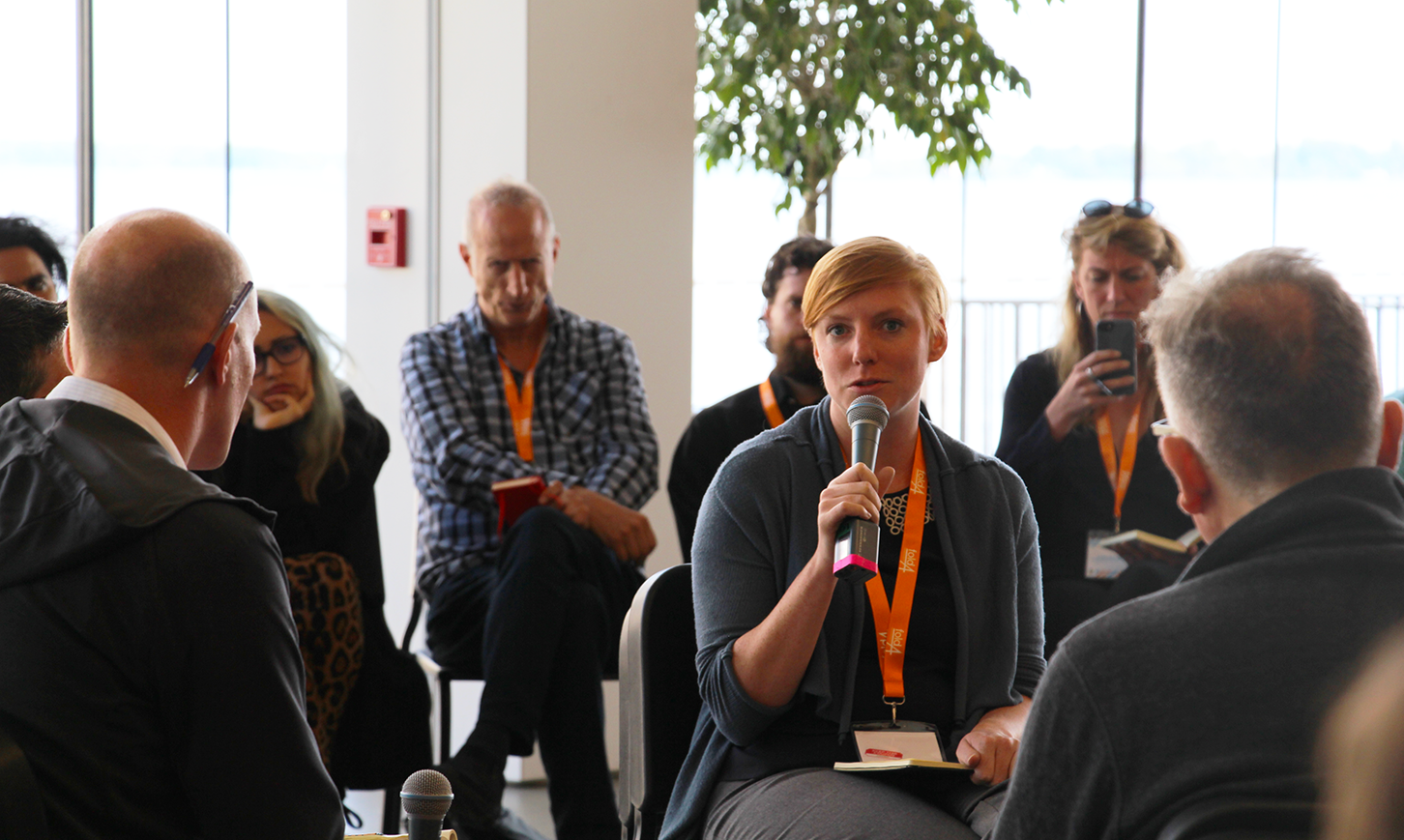
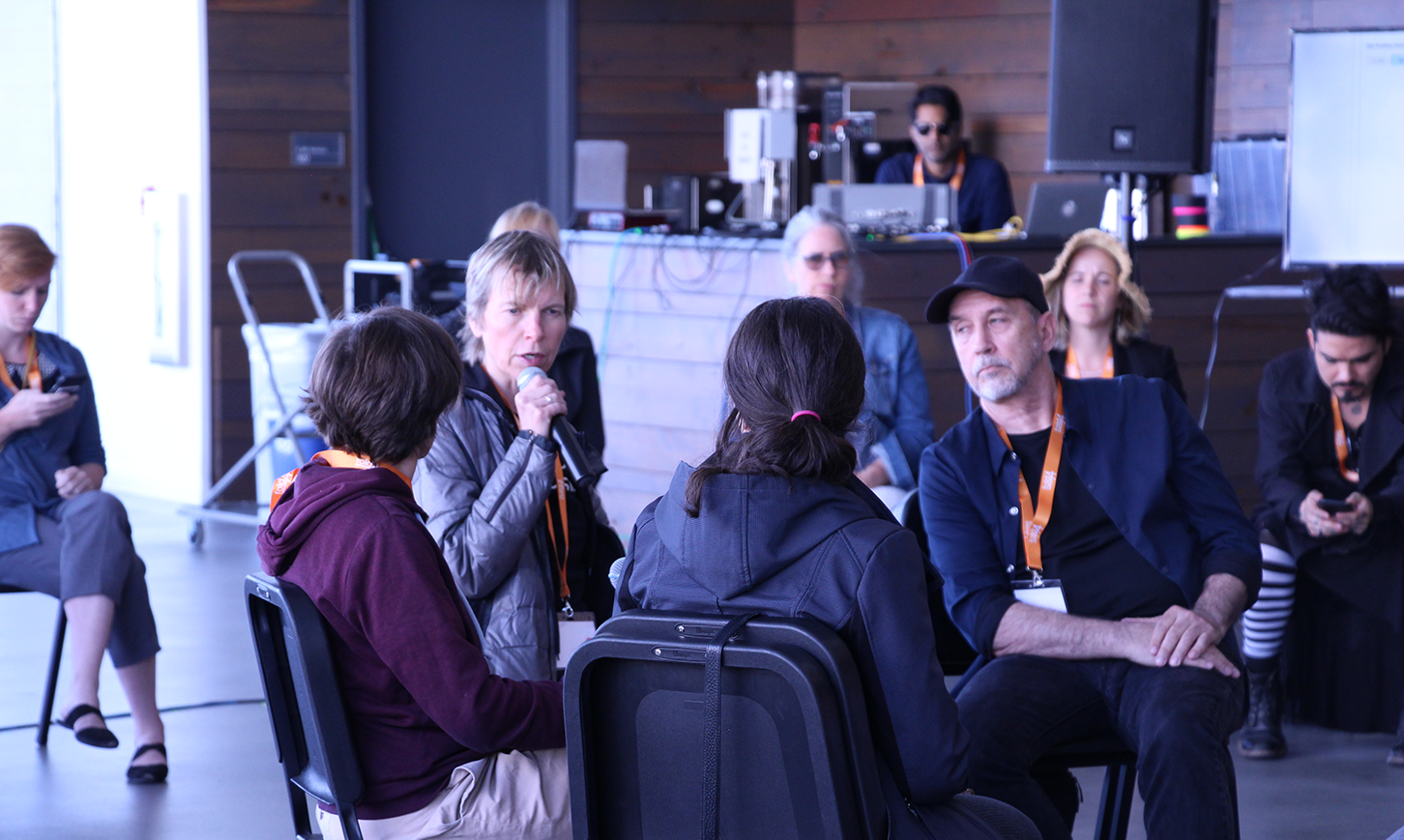
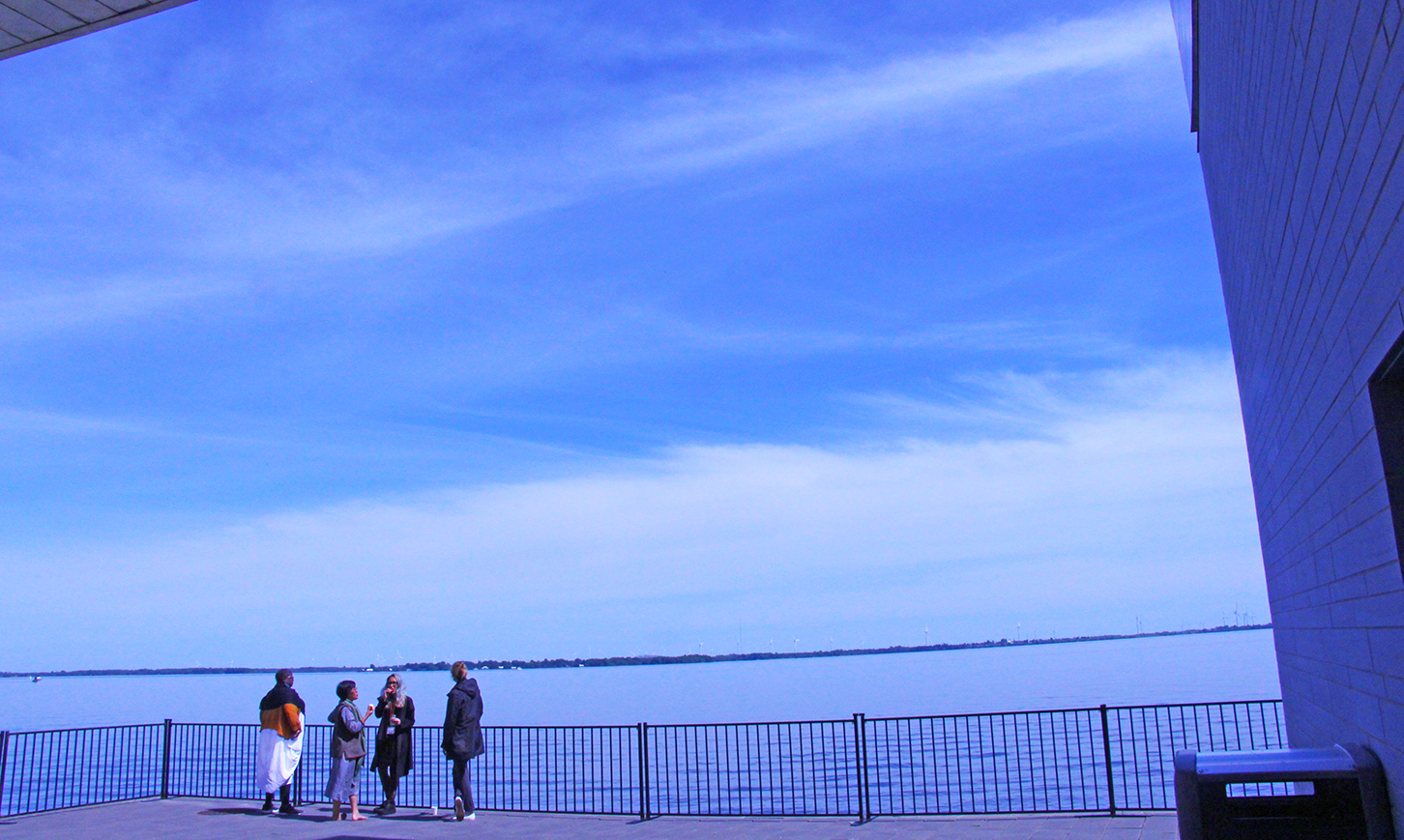



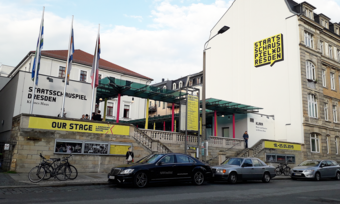

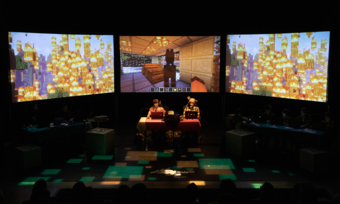


Comments
The article is just the start of the conversation—we want to know what you think about this subject, too! HowlRound is a space for knowledge-sharing, and we welcome spirited, thoughtful, and on-topic dialogue. Find our full comments policy here